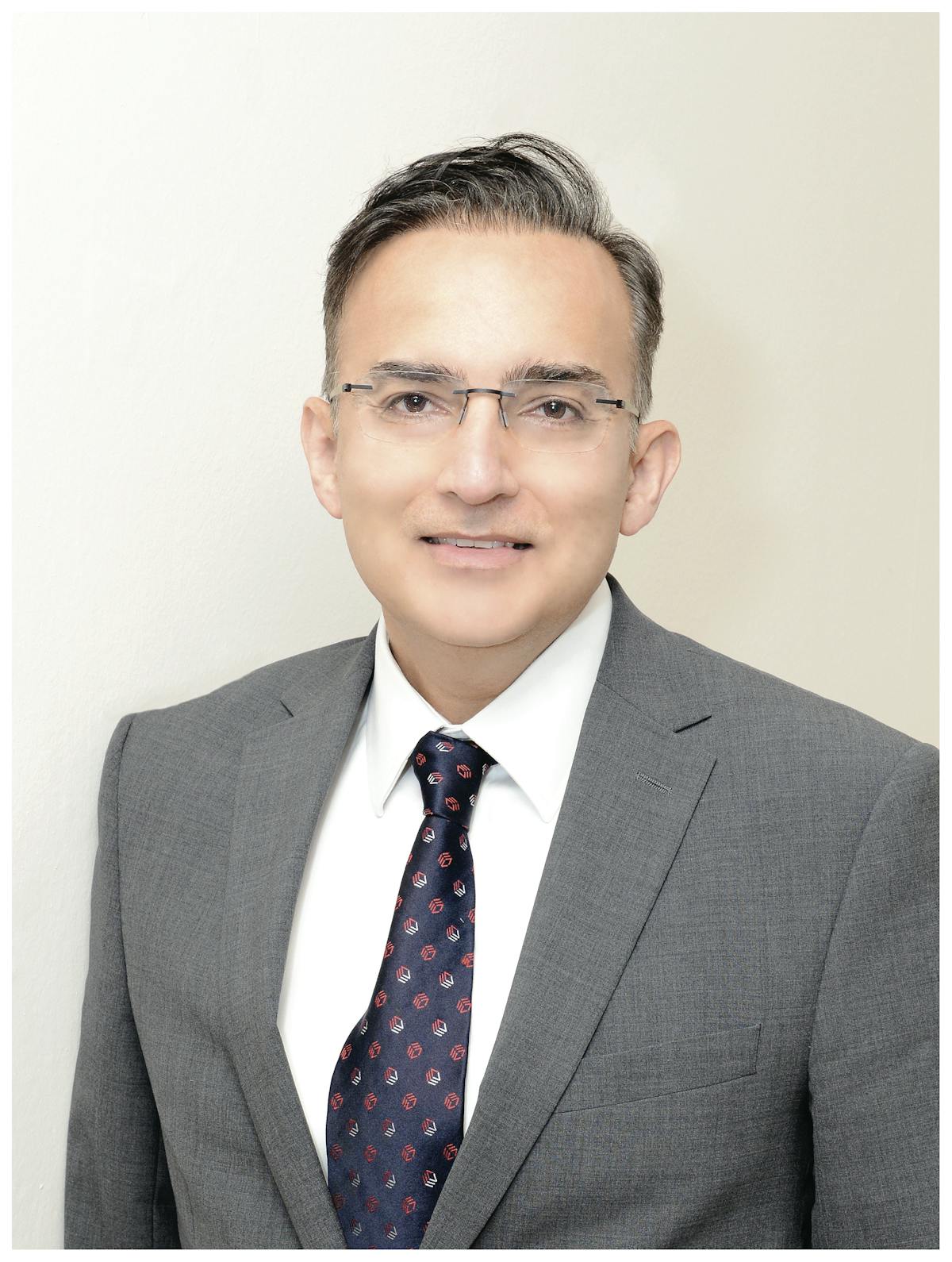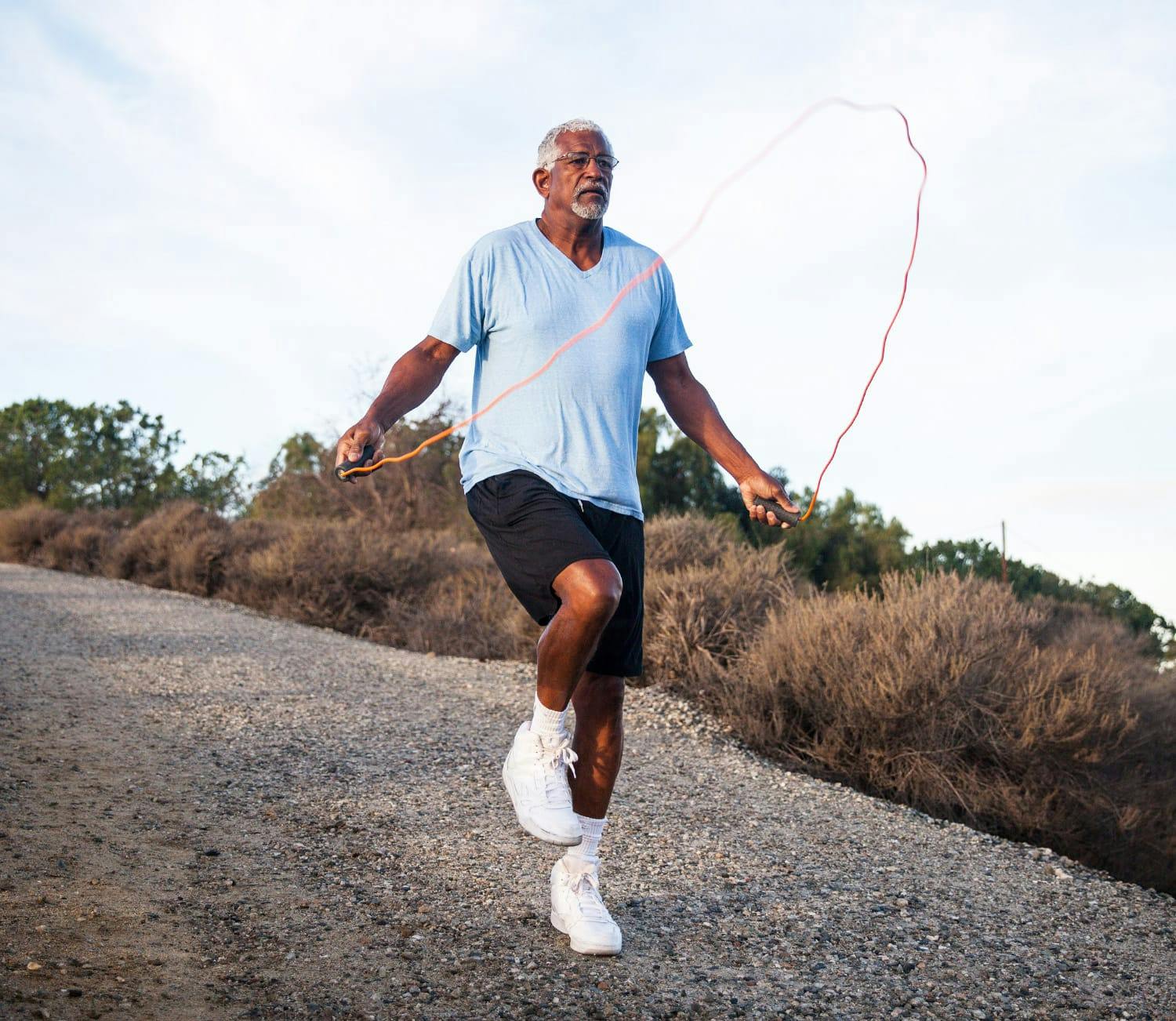Knee ligament repair can become necessary when certain sports injuries cause damage to the vital ligaments that enable your knee to move and function properly.
Mr Drury FRCSEd (Tr+Orth) is a Consultant Orthopaedic Surgeon specialising in knee surgery. His expertise includes knee replacement, sports injury treatment, arthroscopy, osteotomy, and non-surgical therapies like physiotherapy, injections, and PRP. At Glasgow Royal Infirmary, he also manages complex trauma, infections, and collaborates with plastic surgeons for multi-disciplinary care.
Read Bio












